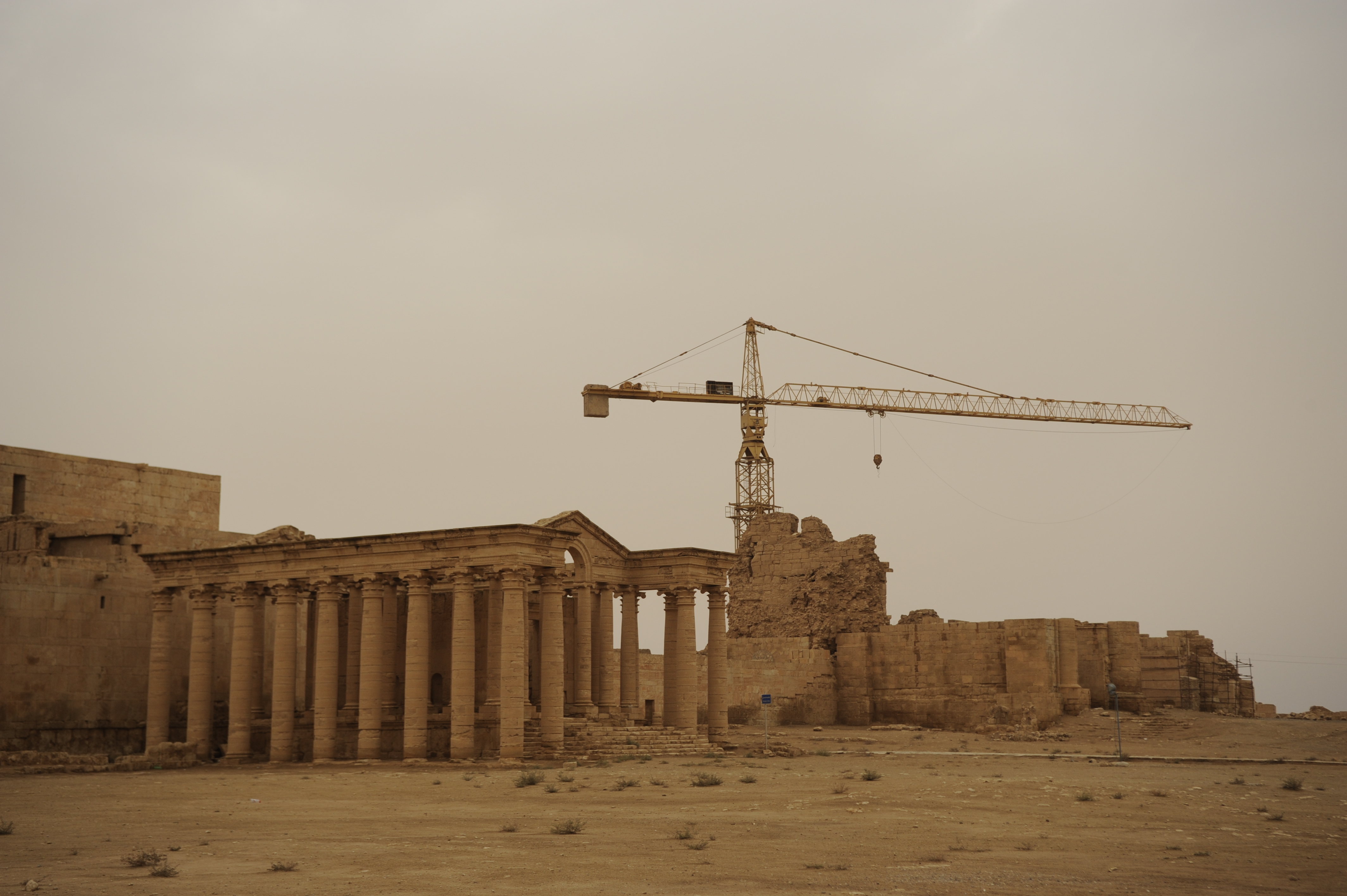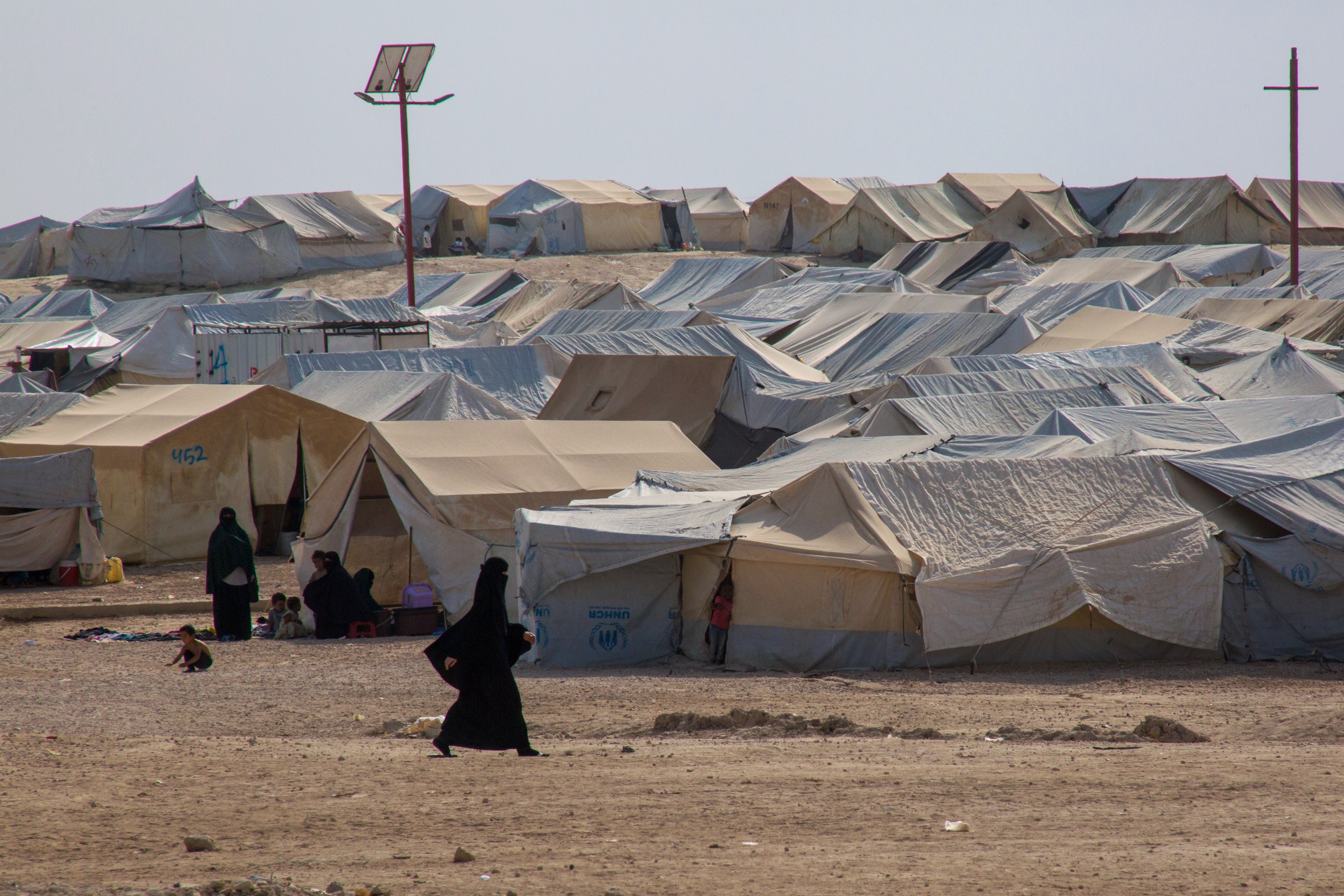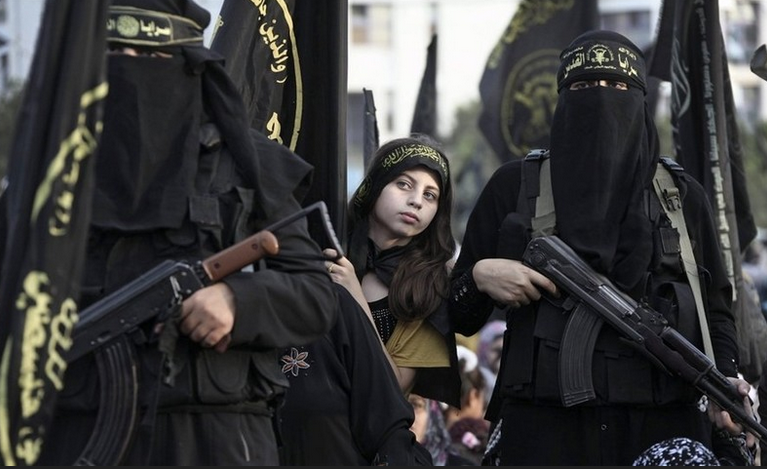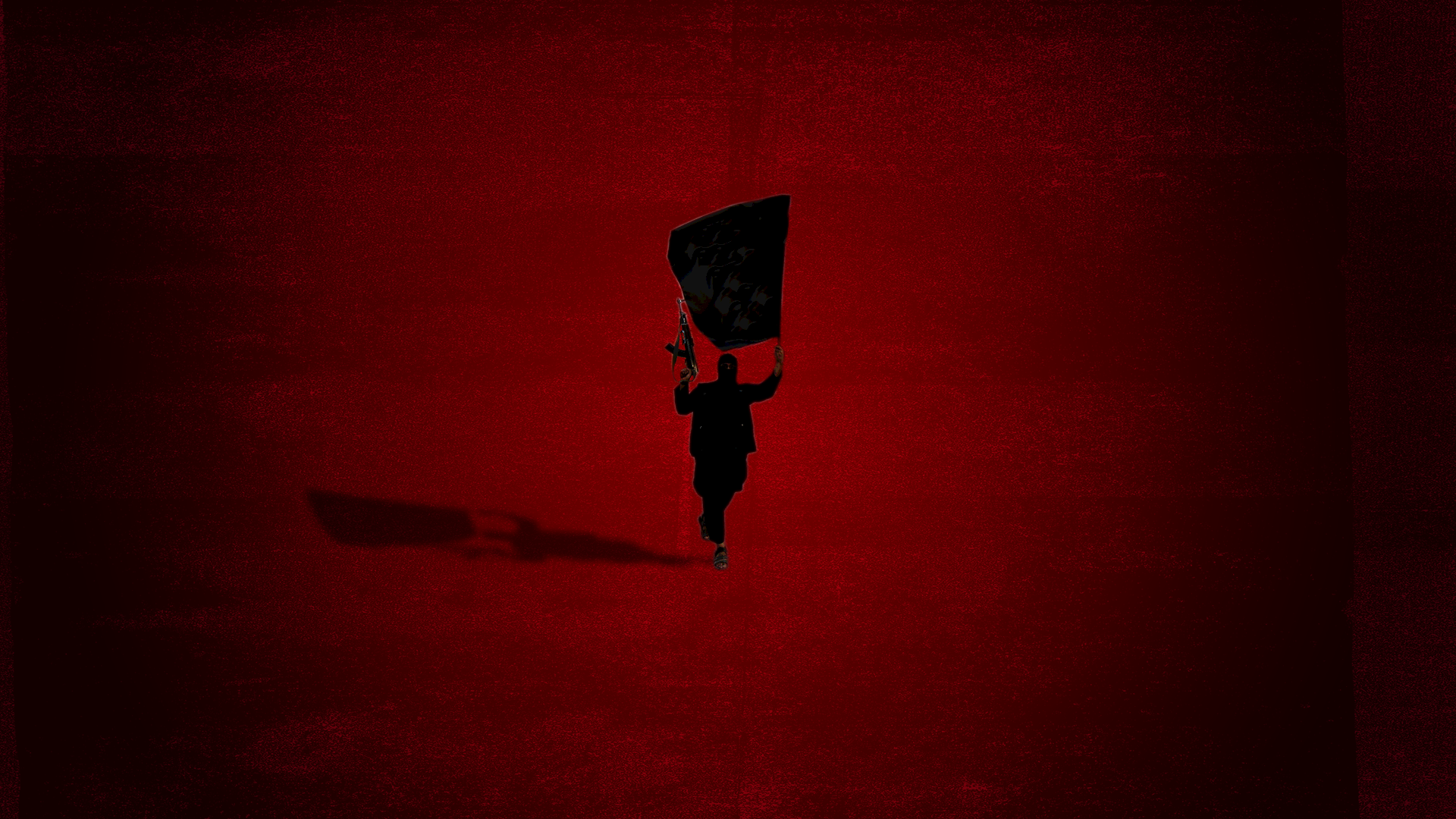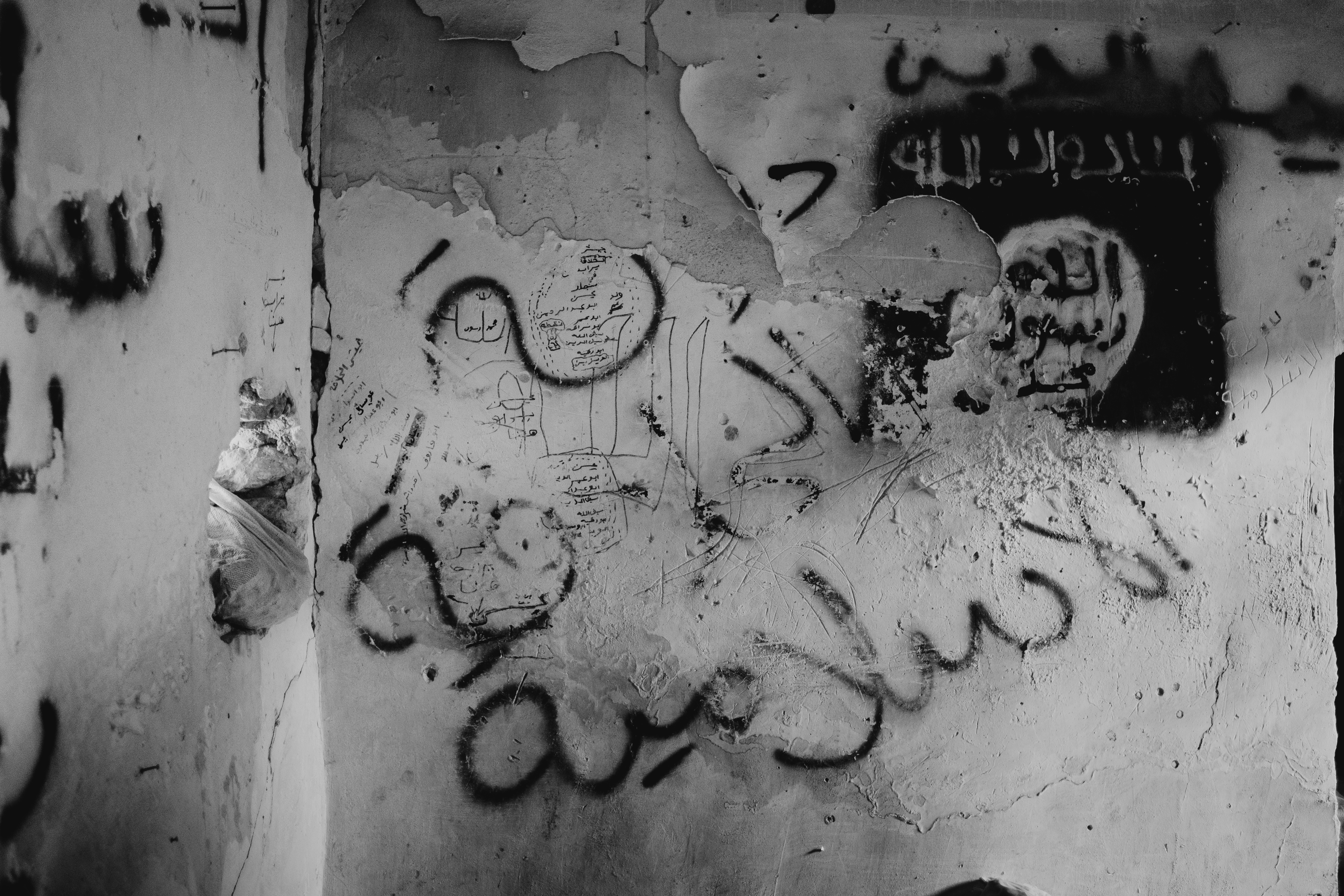The so-called ISIS caliphate established in 2014 may no longer exist, and its leadership gone, but the security outlook in its former territories remains bleak.
He spoke to the world, declaring the establishment of the ‘Islamic State of Iraq and Syria’ (ISIS), and called for Muslims across the world to escalate a war against what he termed “the enemies of god”.
It is extremely important, considering the volatility, lack of legal status, and humanitarian crises in the detention camps of northeast Syria, where ISIS-affiliated women and children have been detained since 2019.
At its peak, ISIS declared global jihad and managed to capture strategic cities like Raqqa and Deir Ezzor in Syria —instilling fear through orchestrated terrorism in the region and lone-wolf acts of terrorism abroad.
In 2019, an international coalition, led by the US and supported by Kurdish-led forces in Syria—the Syrian Democratic Forces (SDF)—and the Iraqi military and Kurdish Peshmerga, reclaimed these territories.
Major battles, like Baghouz in 2019, marked the territorial end of the ‘Caliphate.’
However, the security landscape remains very bleak. The Kurdish-led forces, supported by the US, control a significant part of north-east Syria, while others are controlled by Turkish-backed factions or the government of Syria, which is in turn backed by Russia.
The Kurdish-led Democratic Union Party, known as the PYD, governs the areas in northeastern Syria. These areas enjoy a degree of autonomy. The US has Kurdish forces as allies, while Turkey allied itself with factions opposing them, perceiving the Kurds as a threat.
This geopolitical dynamic makes setting bases that can secure and stabilise ground zeros extremely complicated.
Territory held the Islamic State 2015-2019
The fragmented control opens up myriad security challenges, from the resurgence of ISIS sleeper cells to growing extremism in the detention camps. This has led to increased sporadic attacks by sleeper cells, further entrenching extreme ideologies inside and outside the camp.
The humanitarian situation across liberated areas is disastrous. Infrastructure was destroyed during the war, leaving populations without or with limited access to health services, education or clean water.
Detention camps, including Al-Hol, housing women and children with links to ISIS, suffer from a lack of resources and aid supplies.
There were more than 45,000 in the camps as of January 2024. Most are women and children.
This exacerbates the already fragile security situation, nurturing grievances among inhabitants and ISIS sympathisers outside the camp.
ISIS attacks persist
Although ISIS was defeated as a territorial entity, its sleeper cells continue to launch attacks.
This includes the Ghwayran prison break attempt in northeast Syria with the help of sleeper cells from the outside in January 2022, where more than 3,500 ISIS inmates were held, 474 attacks between 2022 and 2023 in Syria, and an average of 90 operations a month from January 2020 to September 2021 in Iraq.
Extremist ideology is still passed on to children by radicalised women in the al-Hol camp. This is exacerbated by grievances associated with poor living conditions and internal tension in the camp. As a result, secret ‘Sharia courts’ have been established in the camp.
International efforts to deal with the legal status of former ISIS affiliates have been marked with problems.
Many states are unwilling to take back their nationals, turning a deaf ear to calls for repatriation, while others, like the UK, revoked the citizenship of some, leaving those people in legal limbo.
In the absence of international recognition of the Autonomous Administration of North and East Syria (AANES), a legal framework that meets international standards is not only the solution, but a just process for the victims of ISIS.
Such a framework would not only facilitate trials but also reintegration rehabilitation and deradicalisation efforts.
Social and economic challenges are also cumulative. The effects of infrastructure destruction and lack of resources hinder economic recovery and social cohesion for the region.
Breeding ground for extremists
Community reconciliation faces multiple obstacles marked by the grievances of those impacted by ISIS. Rehabilitation and reintegration efforts are essential but are stagnant.
Security analysts and researchers have been calling for action as there is agreement that ignoring signs or resurgences, or even a slow response to reintegration and rehabilitation and deradicalisation, will lead to the rise of the next wave of jihadists.
This is particularly an accurate assessment supported by the increased attacks of sleeper cells and the camp conditions that have served as a breeding ground for extremism among young people.
While reclaimed regions enjoy varying levels of social and security development, the detention camps and communities in which ISIS affiliates have returned to face a significant security challenge.
In the absence of credible reintegration, rehabilitation, and deradicalisation processes, the international community is sitting on a ticking time bomb.
In the long run, sustainable peace and security calls for coordinated international efforts toward finding a resolution to the camp conditions, legal frameworks for repatriation, trails, recognition status of AANES, reintegration, rehabilitation, and deradicalisation processes, and community cohesion.
Assuming that ISIS was defeated in 2019 is not only inaccurate but risky.
While its army may have been defeated, its ideology was never weakened, and still thrives, especially in the detention camps.
Addressing these realities is crucial in preventing not only the resurgence of ISIS but also any other future radical extremist group in the region and ensuring sustainable security.
Dr. Haval Ahmad is a political scientist and researcher who teaches in the Master of Arts in Human Security and Peacebuilding program at Royal Roads University in Victoria, Canada.
Originally published under Creative Commons by 360info™.
Editors Note: In the story “A decade of ISIS” sent at: 01/07/2024 09:32.
This is a corrected repeat.
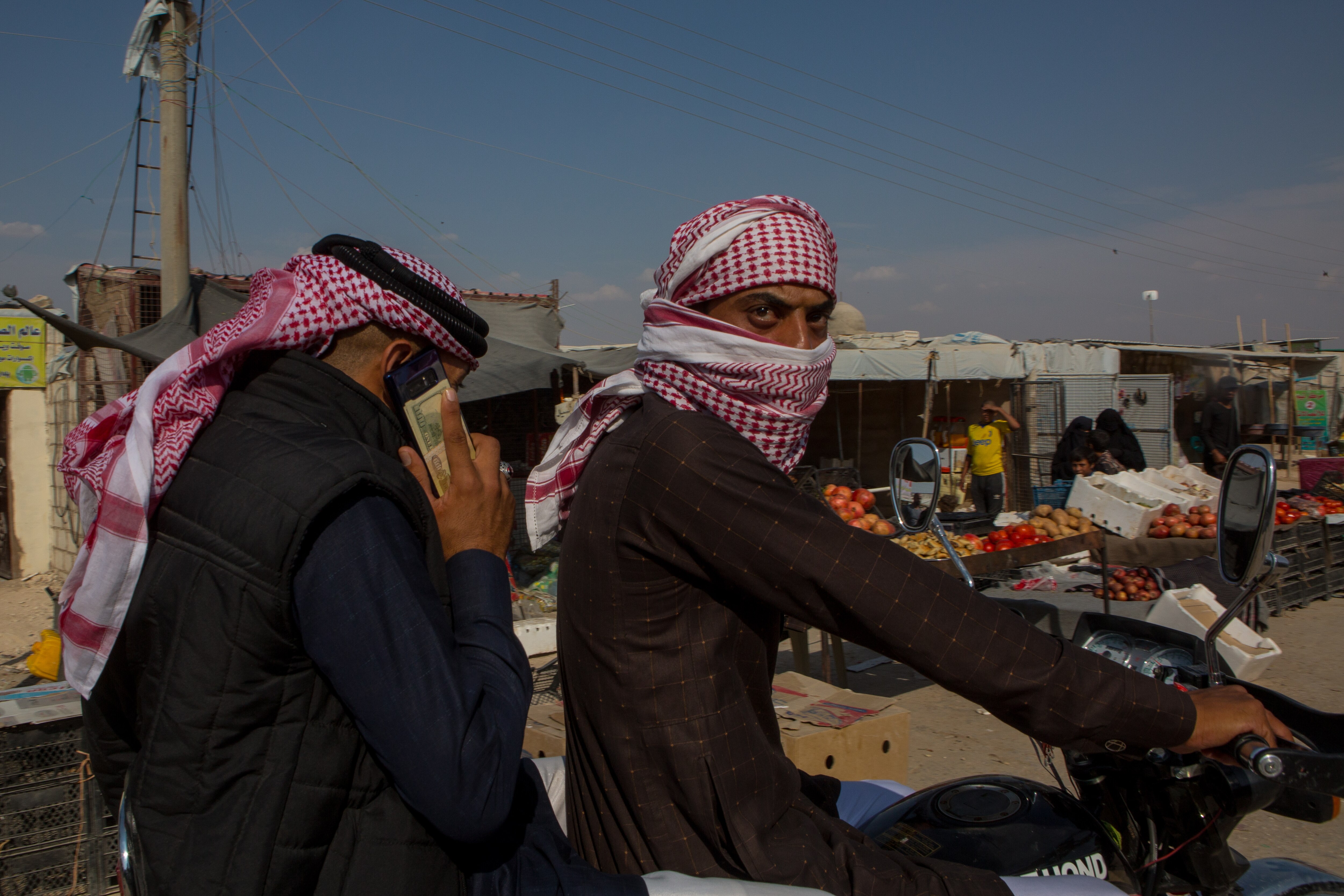 The camps and communities in which ISIS affiliates have returned to face a significant security challenge. : Y. Boechat (VOA), via Wikimedia Commons Public domain
The camps and communities in which ISIS affiliates have returned to face a significant security challenge. : Y. Boechat (VOA), via Wikimedia Commons Public domain


